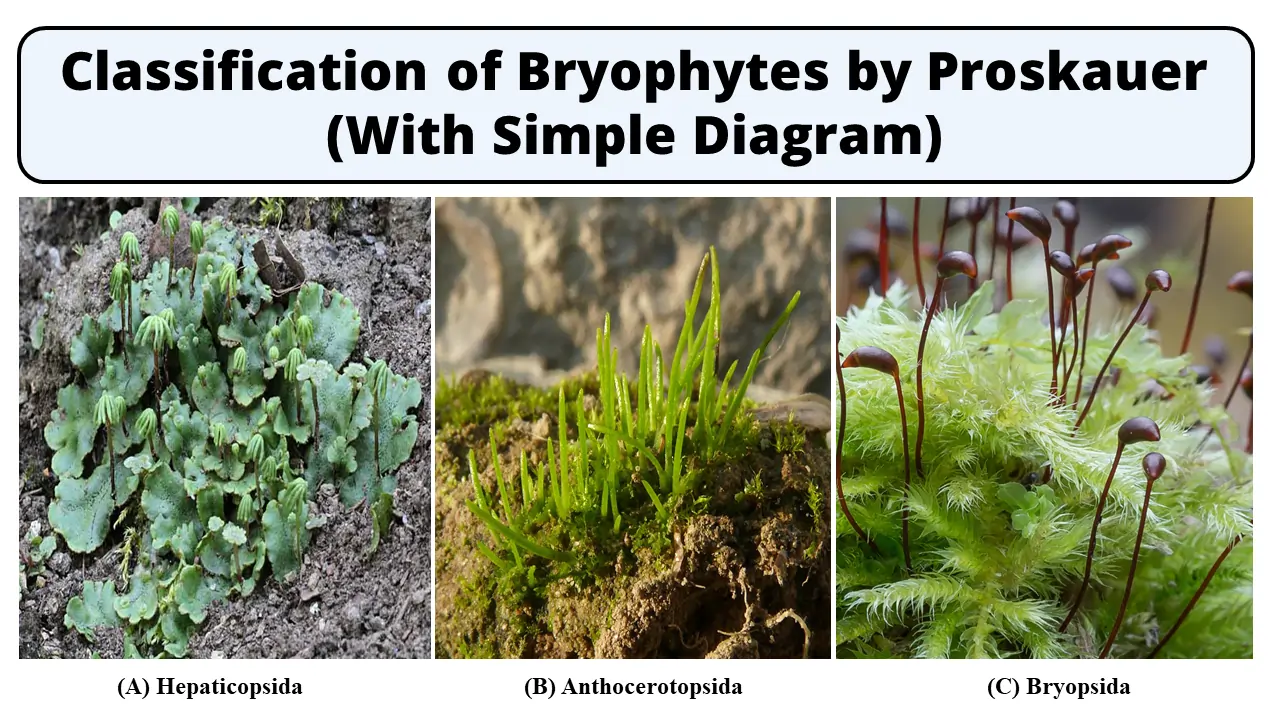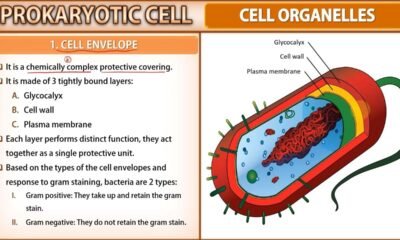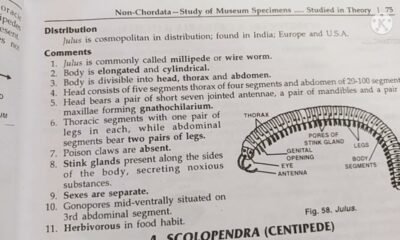Blog
Classification of Bryophytes by Proskauer (1957) (With Simple Diagram)

In this article we will discuss about classification of bryophytes by Proskauer (1957) :- Hepaticopsida (Liverworts), Anthocerotopsida (Hornworts) and Bryopsida (Mosses)
Classification of Bryophytes by Proskauer
- According to Proskauer (1957) the division Bryophyta is categorized into three classes: Hepaticopsida, Anthocerotopsida and Bryopsida.
- The classes Hepaticopsida and Anthocerotopsida are subdivided into various orders, while Bryopsida is divided into a subclass, which is then further divided into orders.
- Parihar (1965) and Holmes (1986) followed classification of bryophytes by proskauer.

Division: Bryophyta
- They are green and have chloroplasts.
- The plant body is not differentiated into true roots, stem and leaves.
- The dominant plant body is gametophytic.
- Vascular tissue are completely absent.
- Sexual reproduction is oogamous and reproductive organs are multicellular and jacketed.
- The division bryophyta is divided is into three major classes: Hepaticopsida (Liverworts), Anthocerotopsida (Hornworts) and Bryopsida (Mosses)
Class 1: Hepaticopsida (Liverworts)
- The plant body in the gametophyte stage is either thalloid or foliose.
- The thalloid gametophytic body is prostrate, lobed, dorsiventral and dichotomously branched.
- In foliose forms, the leaves are entire, lobed or divided, lacking a midrib and are arranged in two to three rows along the axis.
- The rhizoids present are unicellular and lack of septa.
- Each cell within the thallus is contain many chloroplasts, which do not contain pyrenoids.
- The reproductive organs are embedded on the dorsal surface.
- The sporophyte may be simple (Riccia) consist of capsule only or it may be more complex, differentiated into foot, seta and capsules (Marchantia, Pallia, and Porella)
- The sporogenous tissue derived from the endothecium of an embryo and can either produce only spores (Riccia) or differentiate into sterile elater mother cells and fertile spore mother cells.
- Elaters are unicellular, hygroscopic and possess spiral thickenings.
- The capsule lacks a columella and its wall can be one to several layers thick, without the presence of stomata.
- This class is further divided into four orders: Sphaerocarpales, Marchantiales, Jungermanniales, and Calobryales.
Class 2: Anthocerotopsida (Hornworts)
- The gametophytic plant body is flat, dorsiventral, thalloid and lobed.
- Anatomically, the thallus is not differentiated into distinct zones.
- In gametophytic plant body, there are no air chambers or air pores present.
- Each cell within the thallus is contain a single chloroplast, which may contains one or multiple pyrenoids.
- The reproductive organs are embedded within the thallus.
- The sporophyte is cylindrical and is partly dependent on the gametophyte for nourishment. It is differentiated into foot, meristematic zone (seta) and capsule.
- The sporogenous tissue derived from the amphithecium of the embryo, while the endothecium plays a role in formation of columella.
- This sporogenous tissue is responsible for producing fertile spores and sterile elaters, which lack spiral thickenings and are referred to as pseudo elaters.
- The capsule wall consists of four to six layers, with the epidermis containing stomata.
- This class includes only one order: Anthocerotales.
Class 3: Bryopsida (Mosses)
- The gametophytic plant body is differentiated into two distinct stages: the juvenile stage and the leafy stage, also known as the gametophore.
- The juvenile stage is green, filamentous, branched and also known as protonema, which arises from the germination of spores.
- The leafy stage (Gametophores) consists of upright leafy branches that develop from the protonema.
- These gametophores may be either branched or unbranched and are composed of three main parts: rhizoids, a stem (axis) and leaves (Phyllids).
- The leaves possess a midrib, are unlobed, and are arranged spirally in three to eight rows along the axis.
- Rhizoids are multicellular, filamentous, branched structures with oblique septa.
- The reproductive organs develop from the superficial cells of the gametophore.
- The sporophyte is green and can be divided into three parts: the foot, seta, and capsule.
- The capsule wall has stomata at several places.
- A columella is typically present and originates from the endothecium.
- Elaters are absent and peristome plays a crucial role in the dispersal of spores.
- The class Bryopsida is further subdivided into three subclasses: Sphagnidae, Andreaeidae, and Bryidae.

 Blog5 months ago
Blog5 months ago[PPT] Human Reproduction Class 12 Notes
- Blog5 months ago
PG TRB Botany Study Material PDF Free Download
- Blog5 months ago
Contribution of Indian Phycologists (4 Famous Algologist)

 Blog5 months ago
Blog5 months ago[PPT] The living world Class 11 Notes

 Blog5 months ago
Blog5 months agoCell The Unit of Life Complete Notes | Class 11 & NEET Free Notes

 Entertainment5 months ago
Entertainment5 months agoIbomma Bappam: Redefines Telugu Streaming Trend
- Blog5 months ago
Class 12 Biology Notes Chapter wise PPT

 Blog5 months ago
Blog5 months agoJulus General Characteristics | Free Biology Notes












